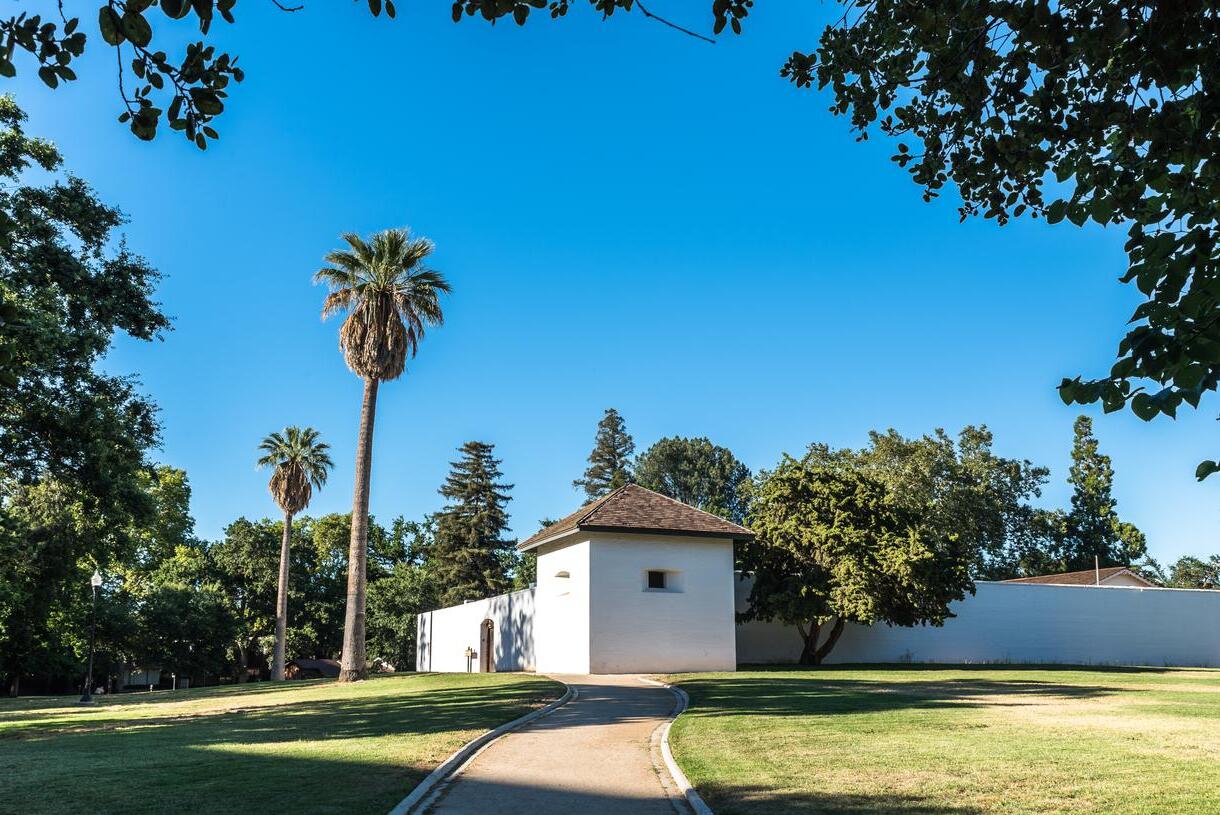Lost Trading Posts Of California’s Sutter’s Fort

Imagine stepping back in time to the days of the Gold Rush, where bustling trading posts dotted the landscape of California. Sutter's Fort, a key player in this era, served as a hub for traders, pioneers, and adventurers seeking fortune. Located in what is now Sacramento, this historic site was once a thriving center of commerce and community. Today, visitors can wander through the reconstructed fort, gaining a glimpse into the lives of those who lived and worked there. From blacksmith shops to living quarters, each corner of Sutter's Fort tells a story of resilience and ambition. Whether you're a history buff or just curious about California's past, exploring this landmark offers a unique opportunity to connect with the spirit of the 1800s. So, pack your curiosity and step into a world where dreams of gold and prosperity shaped the future of the West.
The Historical Significance of Sutter's Fort
Sutter's Fort, located in Sacramento, California, played a pivotal role during the California Gold Rush. Established by John Sutter in the 1830s, this fort became a hub for trade and commerce. Many trading posts emerged around it, each with its own unique story. Let's journey through some of these lost trading posts that once thrived around Sutter's Fort.
1. New Helvetia
New Helvetia was the original name for Sutter's Fort. It served as a bustling center for trade and agriculture. John Sutter envisioned it as a self-sufficient colony, attracting settlers and traders from all over. The fort's strategic location made it a key player in the region's economic development.
2. Fort Ross
Fort Ross, though primarily a Russian settlement, had interactions with Sutter's Fort. Located on the coast, it was a vital trading post for fur and other goods. The exchange between these two forts highlighted the diverse cultural and economic interactions of the time.
3. Yerba Buena
Yerba Buena, now known as San Francisco, was a small settlement that grew rapidly during the Gold Rush. Its proximity to Sutter's Fort made it a crucial trading partner. Goods and people flowed between these locations, contributing to the rapid growth of both areas.
4. Coloma
Coloma is famous as the site where gold was first discovered in California. This discovery, near Sutter's Fort, sparked the Gold Rush. Coloma quickly transformed into a bustling trading post, with miners and merchants flocking to the area in search of fortune.
5. Sonoma
Sonoma, with its rich history, was another important trading post. It was part of the Mexican territory before becoming a part of the United States. The trade routes between Sonoma and Sutter's Fort were vital for the exchange of goods and culture.
6. Monterey
Monterey served as the capital of Alta California under Spanish and Mexican rule. Its port was a key entry point for goods and settlers. The trade connections between Monterey and Sutter's Fort helped shape the economic landscape of early California.
7. Sacramento
Sacramento, the city that grew around Sutter's Fort, became a major trading hub. Its location along the Sacramento River made it ideal for transporting goods. The city's growth was closely tied to the success of Sutter's Fort and the surrounding trading posts.
8. Stockton
Stockton emerged as a significant trading post due to its location along the San Joaquin River. It served as a gateway for goods traveling to and from Sutter's Fort. The city's development was closely linked to the trade networks established during the Gold Rush.
9. Marysville
Marysville, situated at the confluence of the Yuba and Feather Rivers, became a bustling trading center. Its proximity to Sutter's Fort made it a key player in the regional trade network. The town's growth was fueled by the influx of miners and merchants during the Gold Rush.
10. Benicia
Benicia, located along the Carquinez Strait, was an important military and trading post. Its strategic location made it a vital link in the chain of trading posts connected to Sutter's Fort. The town's history is intertwined with the economic development of early California.
Discovering Hidden Stories
Sutter's Fort holds tales of California's early trading posts. These posts were crucial for trade and survival during the Gold Rush era. They connected settlers, Native Americans, and travelers, creating a bustling hub of activity. Exploring these lost trading posts offers a glimpse into the past, showing how people lived and traded goods.
The fort's history is rich with stories of adventure, hardship, and cultural exchange. Visiting Sutter's Fort today, you can imagine the lively atmosphere of those times. It's a reminder of the resilience and ingenuity of those who came before us.
Understanding these stories helps us appreciate the diverse history of California. It shows how different cultures came together, shaping the state's future. So next time you're near Sutter's Fort, take a moment to reflect on the hidden stories waiting to be discovered.

